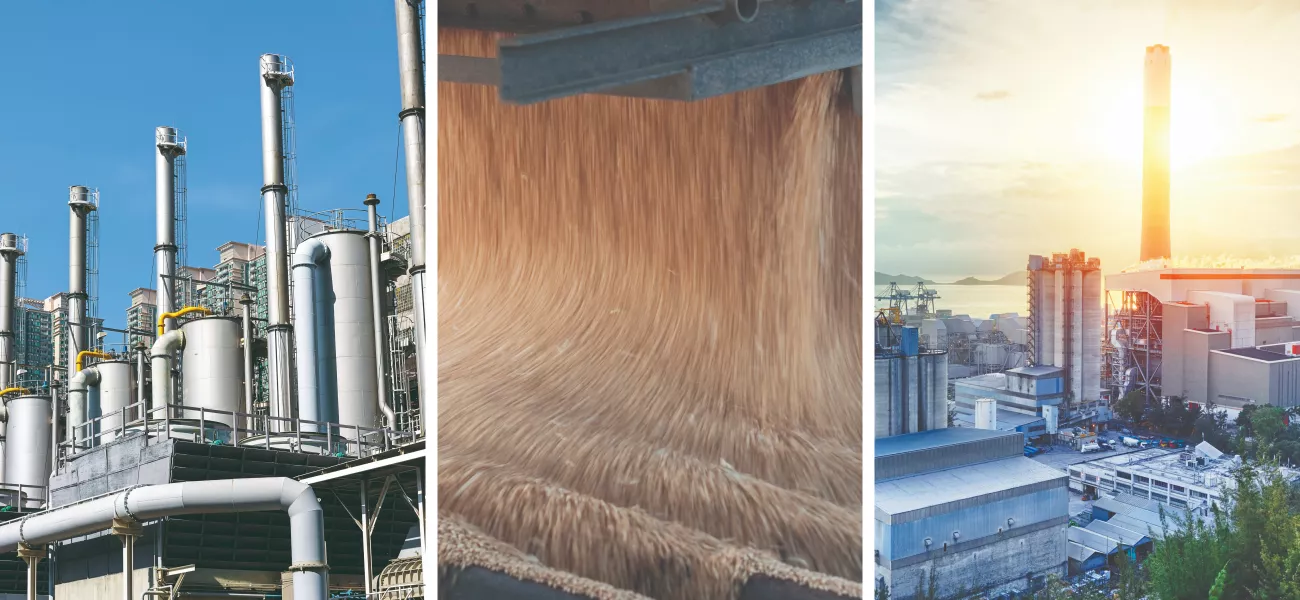
We’ll admit it, the technology industry can be terrible for creating jargon which almost seems designed to confuse rather than bring clarity. In our area of the sector, a question we’re often asked is: “What’s the difference between an explosion-protected camera, an explosion proof camera, and a flameproof camera?”.
In truth, the answer is, “Not very much.” All three terms essentially mean the same and describe cameras that are designed to mitigate any risk of the camera itself causing an explosion.
Clarity, not confusion, in explosion protection
We can understand the confusion. The National Electrical Code defines “explosion proof” as the term widely used in North America, whereas “flameproof” is the term used in the IECEx system (the ATEX Directive in the European Union).
However, an explosion-proof camera could be misunderstood to be a camera designed to withstand an explosion and keep operating should an explosion occur. Similarly, flameproof could result in a similar misunderstanding. But given the difference in the types and scale of explosions and fires, withstanding an explosion would be incredibly tricky to guarantee. In addition, even if a camera were able to withstand an explosion, whatever it was mounted to might not, which would negate the benefit.
This is why, at Axis, we use the term: “explosion protected”.
Explosion prevention rather than cure
Environments with a potential risk of explosion, due to the presence of gas or dust in the air, are more common than you might think. While the oil and gas sector are often thought of as being particularly hazardous, other industries can also pose a risk. For example, those involving grain handling and storage facilities, industrial chemicals and pharmaceuticals have the potential to result in explosion. Any environment where there is a risk of flammable liquids, gases, and dust being released and potentially ignited, require electrical equipment to be certified not to cause an explosion.
An explosion in such environments can occur when a source of ignition meets a flammable substance, and a spark or excessive heat from any electronic device could potentially be the ignition for a catastrophic explosion. That is why traditionally, explosion-protected cameras are enclosed in heavy-duty casings, typically made of stainless steel or aluminum, and are certified to protect against any spark or excessive heat being emitted from the camera. Those are usually certified for Zone/Division 1 hazardous areas, where there’s a higher probability of an explosive atmosphere, compared to Zone/Division 2 locations. Today, however, there are explosion-protected cameras specifically designed and certified for Zone 2/Division 2 hazardous areas. By design, the cameras are prevented from providing sufficient energy to ignite gas or dust in the atmosphere, causing an explosion. This protection method removes the potential transition of energy and prevents the risk of sparks, arcs, or overheating.
It's all in a word: intrinsic versus increased safety
Another common misunderstanding is that of the term “intrinsic safety.” This is often used when talking about explosion-protected devices when, in fact, it refers to a specific explosion-protection approach, namely “prevention”. This approach can be broken down into two:
- Ex i: refers to intrinsic safety
- Ex e: refers to increased safety
With Ex i equipment, the electrical energy within the equipment is restricted to a level below that which might cause a spark, which limits the heat in your device. While it is similar in approach to Ex e, the difference is that Ex i equipment is safe even under abnormal conditions, whereas Ex e equipment assumes normal operating conditions. The methods to achieve safety in abnormal conditions make Ex i, however, not suitable for high-frequency electrical devices you might have in place, such as network cameras.
All in all, the different terminology used in the surveillance industry – and across regions - can be confusing. But by breaking it down, it becomes clearer. And while it’s unlikely that the industry will start using our explosion-protected terminology as a global standard, greater understanding of the benefits of explosion-protected devices can only be a positive thing.
